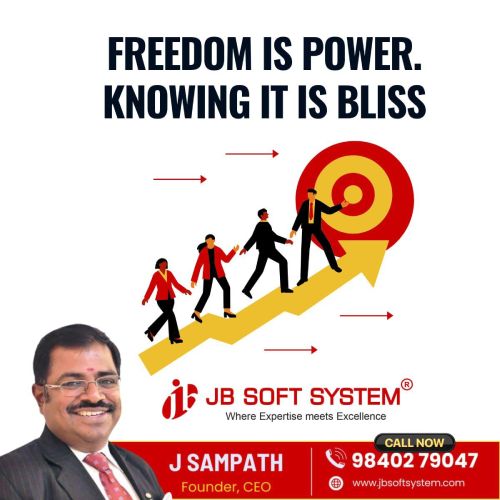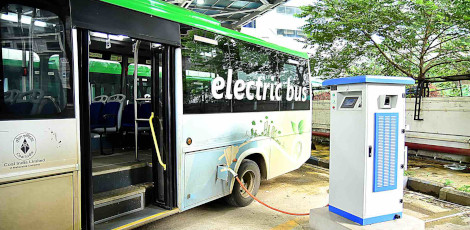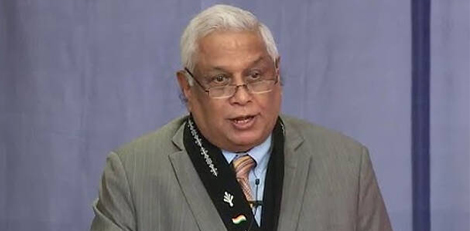How to keep property deeds/documents safe?
Posted on: 13/Oct/2017 6:49:42 PM

Any individual�s best asset is his/her property. The ownership deeds are the most important document since they are the sole proof of the fact that you are the owner. So, it is essential that you must keep them with utmost safety. How?
Please do not laminate the documents under the imagination that it is the best way to keep them safe. Lamination will make the document a suspect one. It is advisable to keep each document separately. Avoid using clips and rubber-bands. Another point to note � do not keep the documents in polythene bags with naphthalene balls. This may lead to the documents getting damaged.
It is best to keep the documents in a file. If possible, make the documents in chronological order and number the pages and number the pages with a pencil.
Try to avoid carrying the property deeds while travelling. It is better to take out the filed documents out once-in-a-while and separate them individually, and expose them to sunlight for a few minutes and then pack them back as originally done.
In case the documents are kept in a bank locker, please ensure taking them out at least twice a year, expose individually to sunlight for a few minutes and keep back after that.
Once the registration of the ownership is completed, visit the registrar office on the allotted date and retrieve the registered documents. Subseqently, it is better to visit the office after a few days� gap and obtain a certified copy of the Sale Deed giving the registration number.
Get the certified copy made on Rs, 20 Bond Papers and compare it with the original. With the completion of this important task, your sale deed or ownership deed is protected and safe.
Now, submit a photo-copy of the sale deed to the concerned revenue office and get the Property Tax details registered. The Property Tax will be decided based on the place, the village/city, and its size irrespective of whether it is constructed one or a plot of land.
Getting your property tax statement is another form of proof for your ownership.
Note � any neglect from your end with the thinking trend that �it is, after all, my property and the registered sale deed is with me� will lead to the prospects having to lose it and then subsequent frantic searching.
Patta
Patta is a chartered document which is given to you in your name by the revenue department after a thorough scrutiny of the sale deed and other factors such as property tax payment, etc. The concerned Taluk Officer issues this Patta. Once this is ready and given, using this reference, other associated property records such as chitta adangal, etc, which are property detail registers including your name and property details kept in the respective village revenue centres.
In the recent period, it has also become important to submit the Encumbrance Certificate once or twice a year just to ascertain there are no encumbrances involved in your property.








